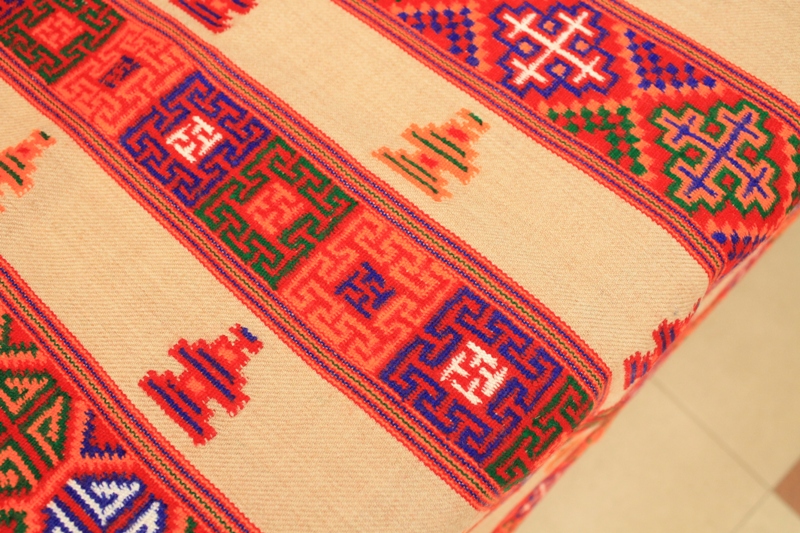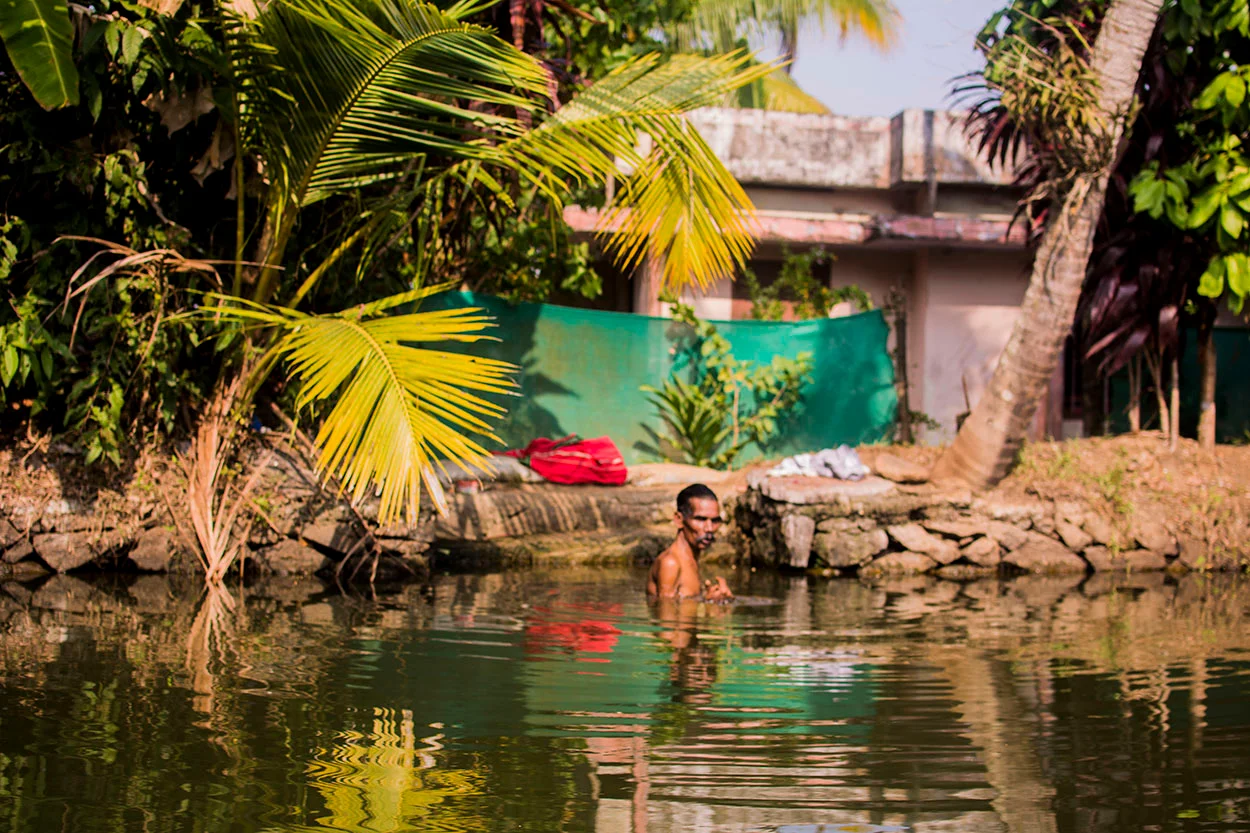Now Reading: Himachali Wool Dyeing: The Art of Using River Stones for Colour
-
01
Himachali Wool Dyeing: The Art of Using River Stones for Colour
Himachali Wool Dyeing: The Art of Using River Stones for Colour

In the hill villages of Himachal Pradesh, wool is more than just a fabric—it’s part of the region’s identity. Among the many traditional crafts that still survive here, one stands out for its unusual method: dyeing wool with the help of smooth river stones. This is not just a process, but a slow, patient craft that blends the forces of nature with human skill.
Wool collected from local sheep is first cleaned and spun into yarn. Instead of chemical dyes, villagers turn to plants, roots, and tree barks to extract natural colours. But what makes this method unique is the use of river stones during the dyeing process. The stones are heated in large pots of water along with the dye ingredients. Their retained heat ensures an even temperature, allowing the colour to bind deeply into the fibres without damaging the softness of the wool.
Different plants create different shades—walnut shells for deep browns, turmeric for yellows, and madder roots for rich reds. The mineral content of the river stones and the pure mountain water add their own subtle effect, giving the yarn a depth of colour that’s hard to replicate elsewhere. The process can take hours or even days, depending on the desired shade.
For many Himachali families, this is not just about making yarn. It’s about keeping alive a craft passed down for generations. In a time when synthetic dyes are faster and cheaper, these artisans choose tradition over convenience, valuing quality, sustainability, and cultural heritage.
The result is wool that carries more than colour—it carries the story of the river, the hills, and the people who have mastered this art for centuries. This quiet persistence ensures that the Himachali wool dyeing tradition remains not just a piece of history, but a living, breathing part of the region’s future

























